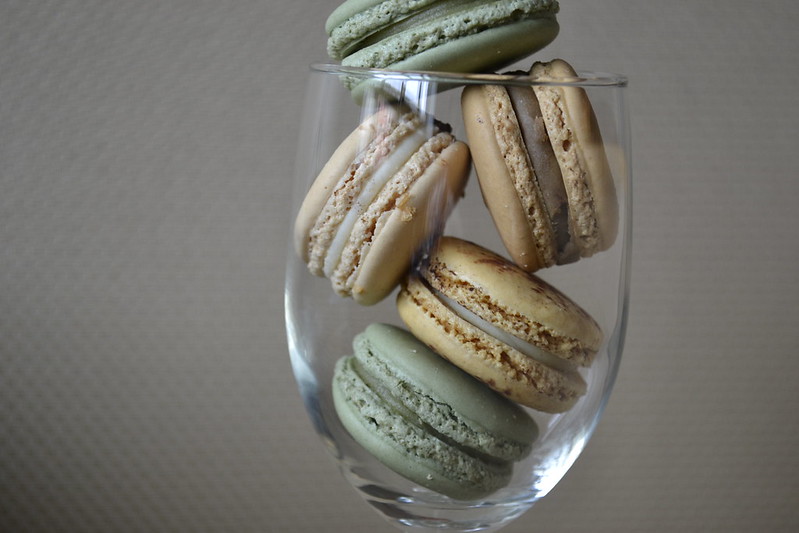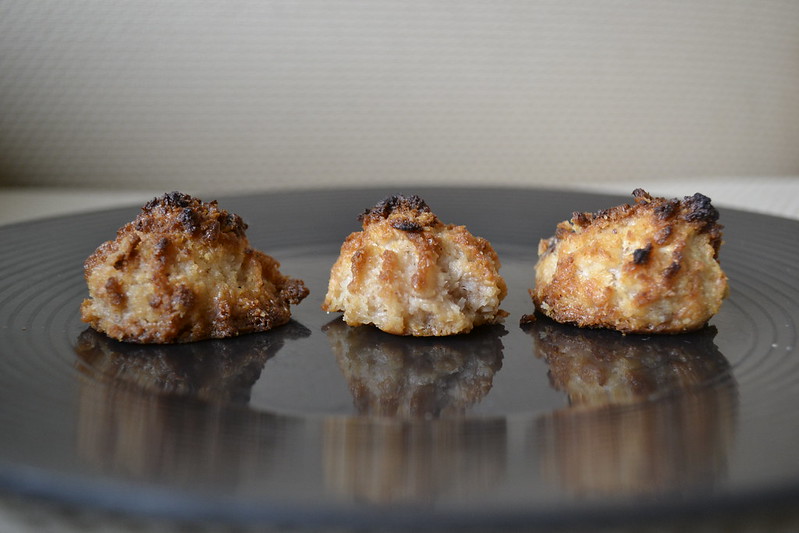Macarons having landed in America from France, effectively beating out cupcakes as the new trendy dessert. While I enjoy the petite meringue dessert, I do not like how its name is butchered. I wouldn’t be so picky about adhering to the French pronunciation of the dessert (although I insist on pronouncing crepe “crehp” instead of “crayp”) if there wasn’t another dessert that had the same exact name as the mispronounced macaron! Here is a handy-dandy chart explaining the differences between macarons and macaroons, for all those people who insist that the two are pronounced the same.
MACARON
Pronunciation: Mah-kah-ROHN (Preferably pronounced with a nasally French accent)
What is it? The macaron is a small, round meringue sandwich filled with a jelly-like filling. Macarons come in bright colors and a variety of flavors, ranging from vanilla and chocolate, to rose and pistachio. Because macarons are made of simple ingredients (egg whites and sugar), the flavor options are really limitless. Macarons, however, are uniform in consistency. The outer meringue layers are crunchy, while the filling is creamy or gelatinous.
Where can I get them? Some pastry shops, like Ladurée, specialize in macarons and have made them a luxurious, expensive treat. However, macarons are now available at McDonald’s in Paris, automatically discrediting their ritziness. Macarons are now popping up in more and more pastry shops around the US.
MACAROON
Pronunciation: MAH-kah-roon
What is it? The macaroon is essentially a lump of coconut flakes, egg whites and sugar, although they are sometimes embellished with the addition of chocolate. Macaroons are chewy and moist and taste distinctly of coconuts.
Where can I get them? Unlike macarons, macaroons are not a bougie dessert. You can find them on the shelves of Safeway, Giant, or whatever your local grocery store chain is. During the Jewish holidays, macaroons are displayed prominently next to crates of matzo and other kosher staples.



